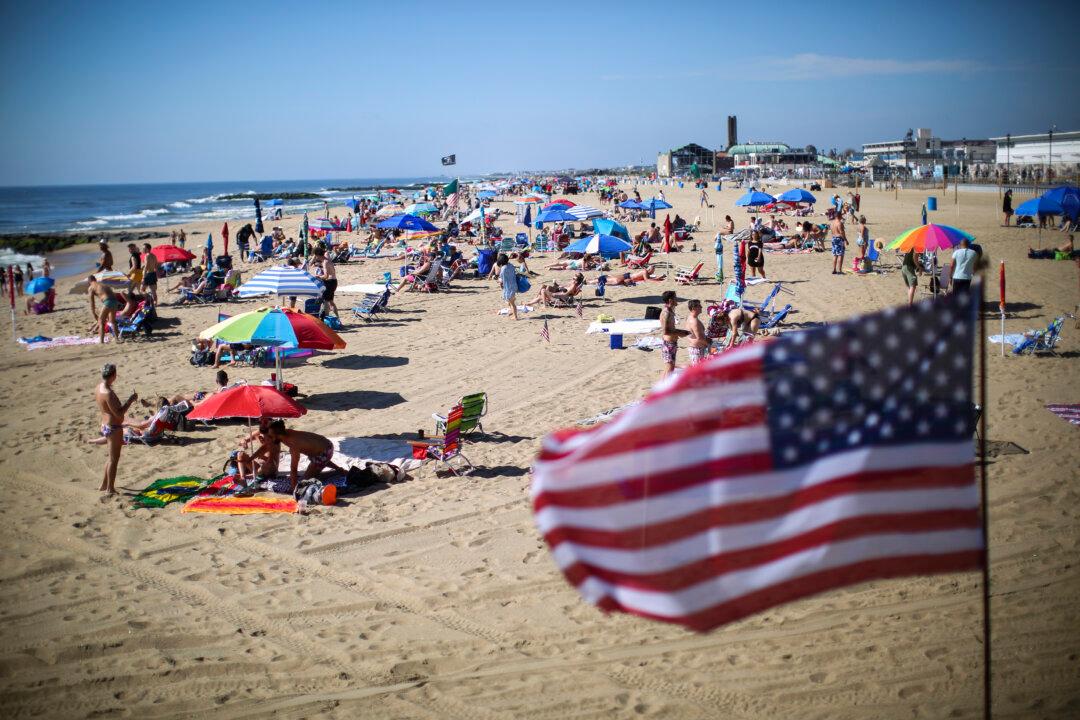Serene beachside views that bring in a lucrative tourism industry could be cut to ribbons if wind companies succeed in constructing fleets of monopole turbines along the east coast.
Orsted, a wind energy company 51 percent owned by the Danish government, has plans to install 200 turbines throughout 161,000 acres of ocean nine miles off the coast southernmost tip of New Jersey in Cape May County.





